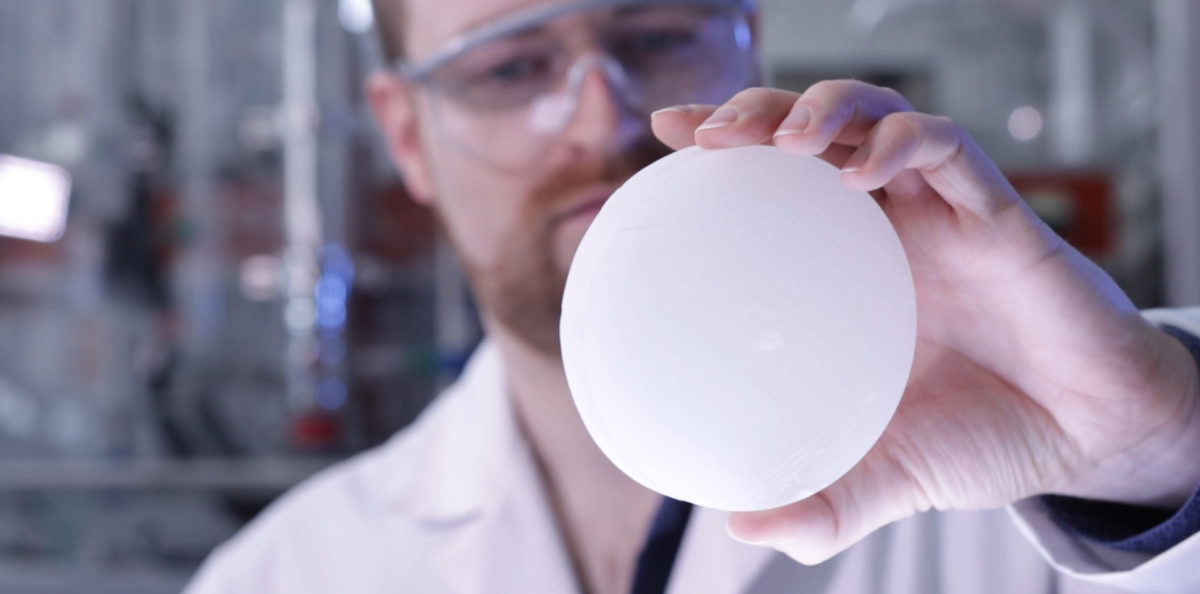Scientists at Martin Luther University Halle-Wittenberg (MLU) and the University of Leipzig in Germany have developed a new heat-storage material.
They claim it improves the energy efficiency of buildings, with potential use in passive cooling for PV modules and residential batteries. The new material is a shape-stabilized phase change material (ss-PCM) that can store up to five times more thermal energy than commercially available PCMs.
The ss-PCM is said to absorb large amounts of heat by changing its physical state from solid to liquid, and then releasing it when the material hardens.
“It could be used by the construction industry as large panels that could be integrated into walls,” said MLU scientist Thomas Hahn. “These would then absorb heat during the sunny hours of the day and release it again later when the temperature goes down.”
The ss-PCM was synthesized via a novel porogen-assisted sol-gel process, which resulted in high mechanical stability, according to the academics.
Popular content
“In our invention, the heat storage material is enclosed in a framework of solid silicate and cannot escape due to high capillary forces,” said Hahn.
All the material configurations that were tested displayed a shape-stability of around 100%, a long-term performance of approximately 2,000 thermal cycles, and high chemical stability. The scientists said they achieved results regardless of the amount of porogen used in the synthesis.
“Until now the material is still only being produced in small quantities in the laboratory,” they said. “In the future, it can be combined with other steps to help to make buildings significantly more energy efficient or to passively cool photovoltaic systems and batteries, thereby increasing their efficiency.”
They introduced the material in “Influence of surfactants and organic polymers on monolithic shape-stabilized phase change materials synthesized via sol-gel route,” which was recently published in the Journal of Energy Storage. They also analyzed the influence of the porogens sodium dodecyl sulfate (SDS) and poly(vinyl alcohol) (PVA) on ss-PCM properties.
This content is protected by copyright and may not be reused. If you want to cooperate with us and would like to reuse some of our content, please contact: editors@pv-magazine.com.



1 comment
By submitting this form you agree to pv magazine using your data for the purposes of publishing your comment.
Your personal data will only be disclosed or otherwise transmitted to third parties for the purposes of spam filtering or if this is necessary for technical maintenance of the website. Any other transfer to third parties will not take place unless this is justified on the basis of applicable data protection regulations or if pv magazine is legally obliged to do so.
You may revoke this consent at any time with effect for the future, in which case your personal data will be deleted immediately. Otherwise, your data will be deleted if pv magazine has processed your request or the purpose of data storage is fulfilled.
Further information on data privacy can be found in our Data Protection Policy.